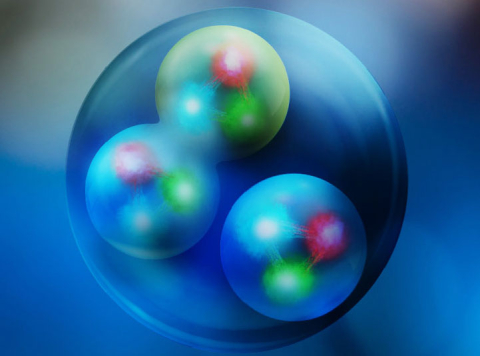
Particles choose partners for short-range correlations differently when farther apart in light nuclei versus when packed closer together in heavy nuclei.

The results of parity-violating electron scattering experiments PREX and CREX suggest a disagreement with global nuclear models.
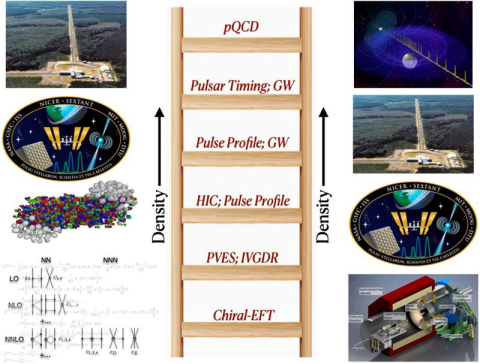
A theoretical analysis of recent findings in neutron star research suggests the possibility of a phase transition in these stars’ interiors.

New measurements show the proton’s electromagnetic structure deviates from theoretical predictions.

Deblurring, practiced in optics, can reveal three-dimensional features of nuclear collisions.
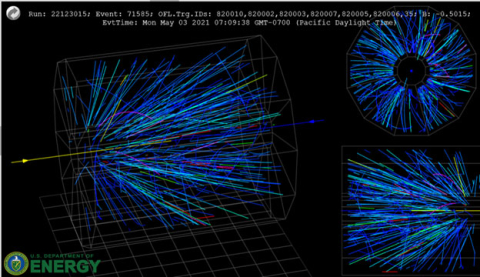
Colliding gold nuclei at various energies enables scientists to investigate phases of nuclear matter and their possible co-existence at a critical point.
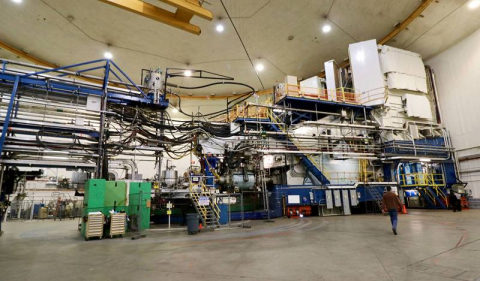
A first-of-its-kind measurement of the rare calcium-48 nucleus found a neutron-rich “thin skin” around a core of more evenly distributed protons and neutrons.
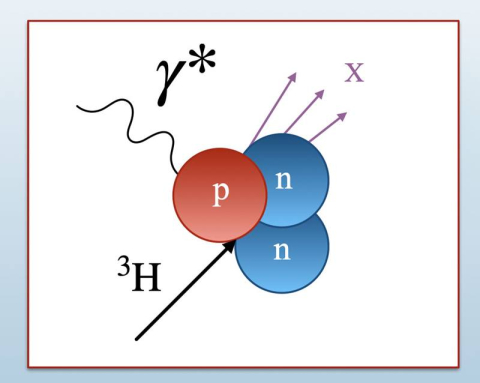
Nuclear physicists find that the internal structures of protons and neutrons may be altered in different ways inside nuclei.
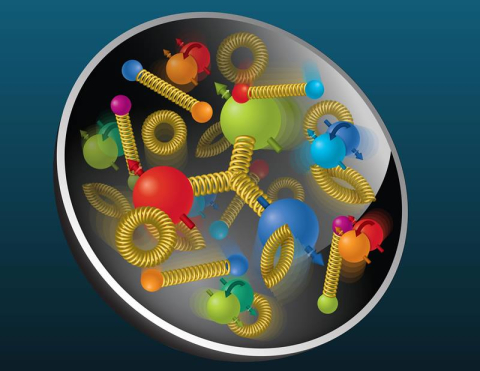
Predictions for future measurements at the Electron-Ion Collider may help solve ‘proton spin’ mystery.
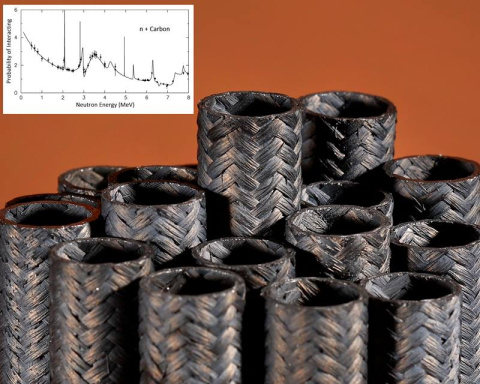
Researchers study the energy and angular dependence of how neutrons scatter off materials to improve reactor safety and efficiency.

